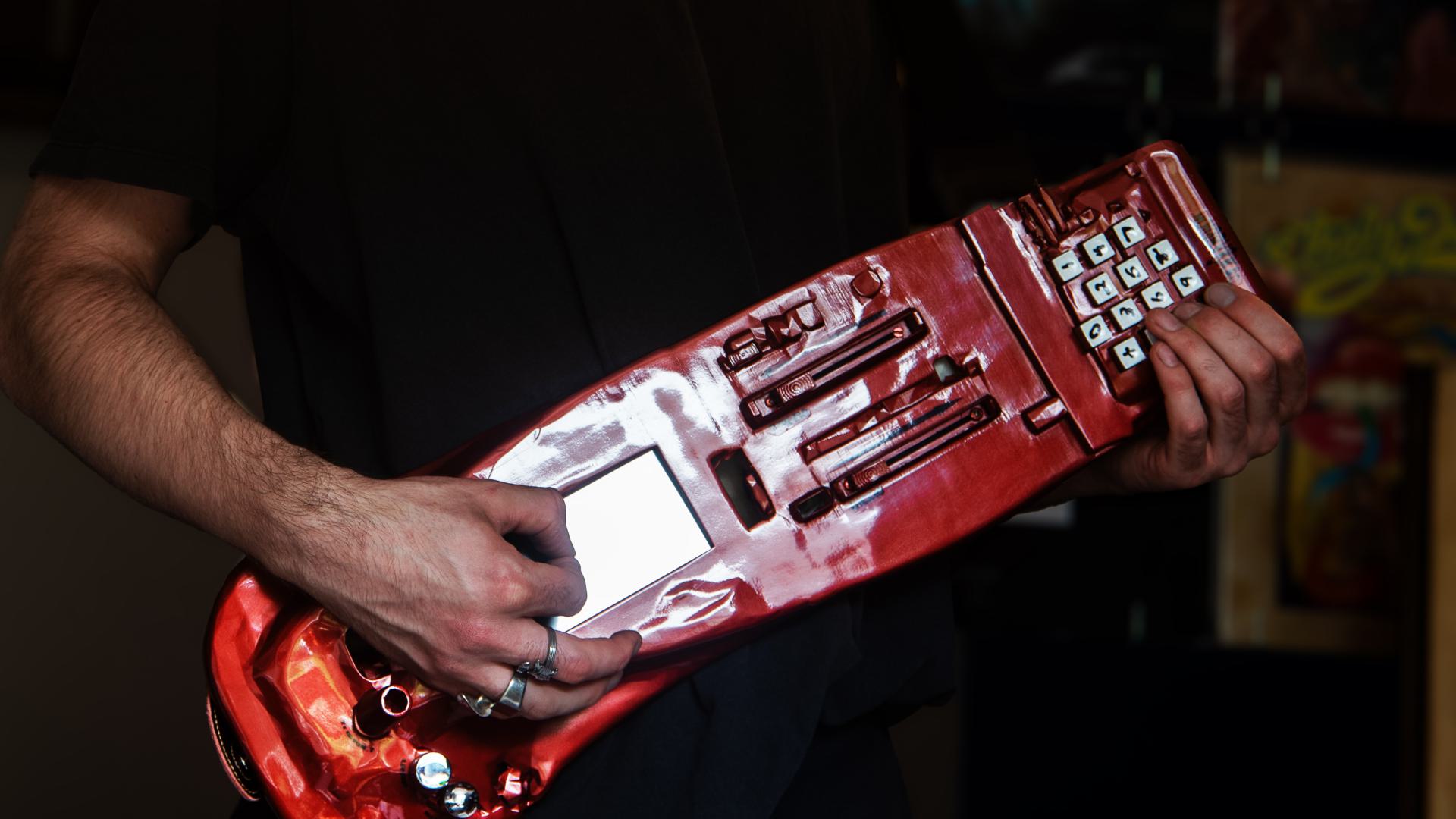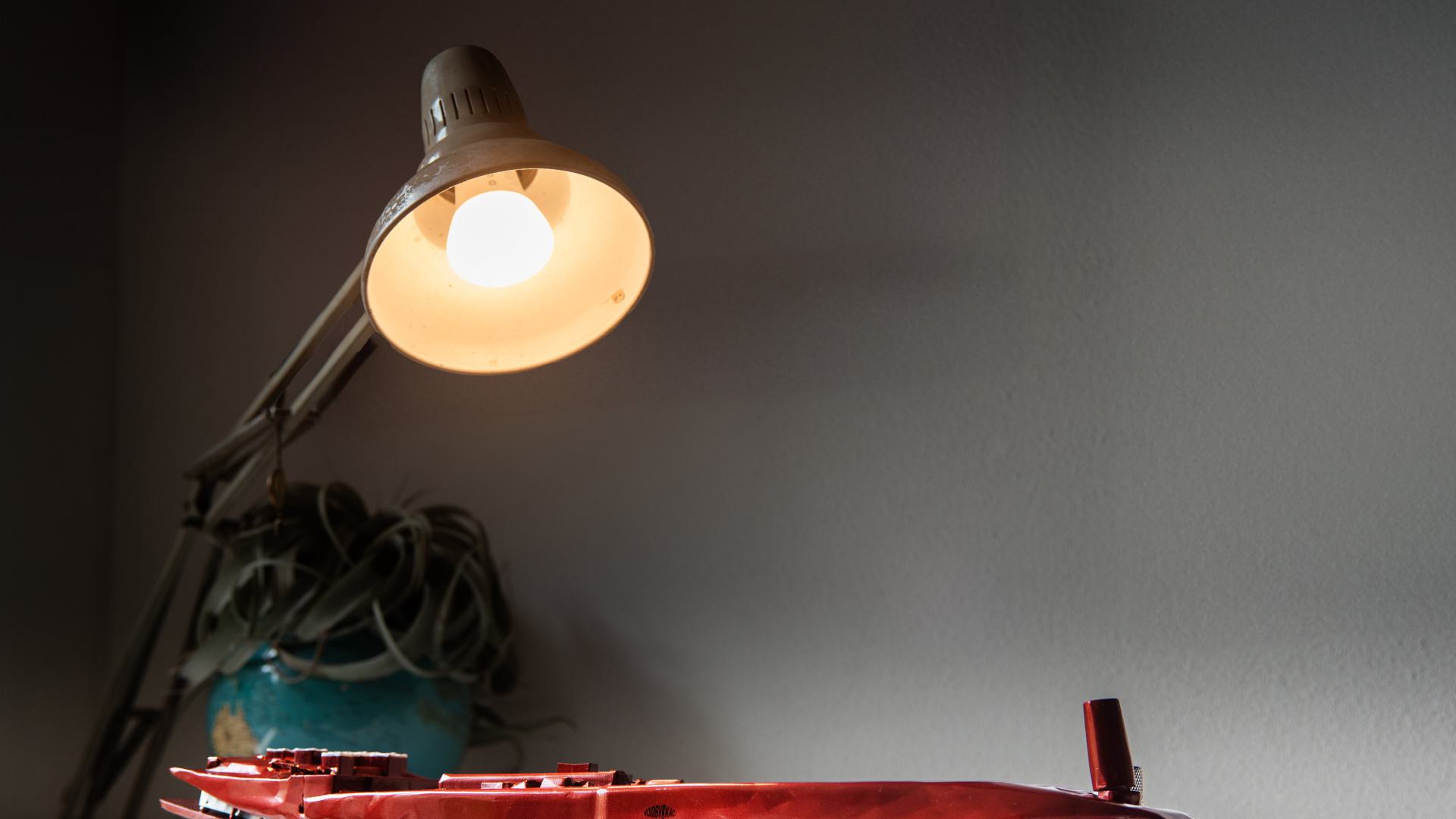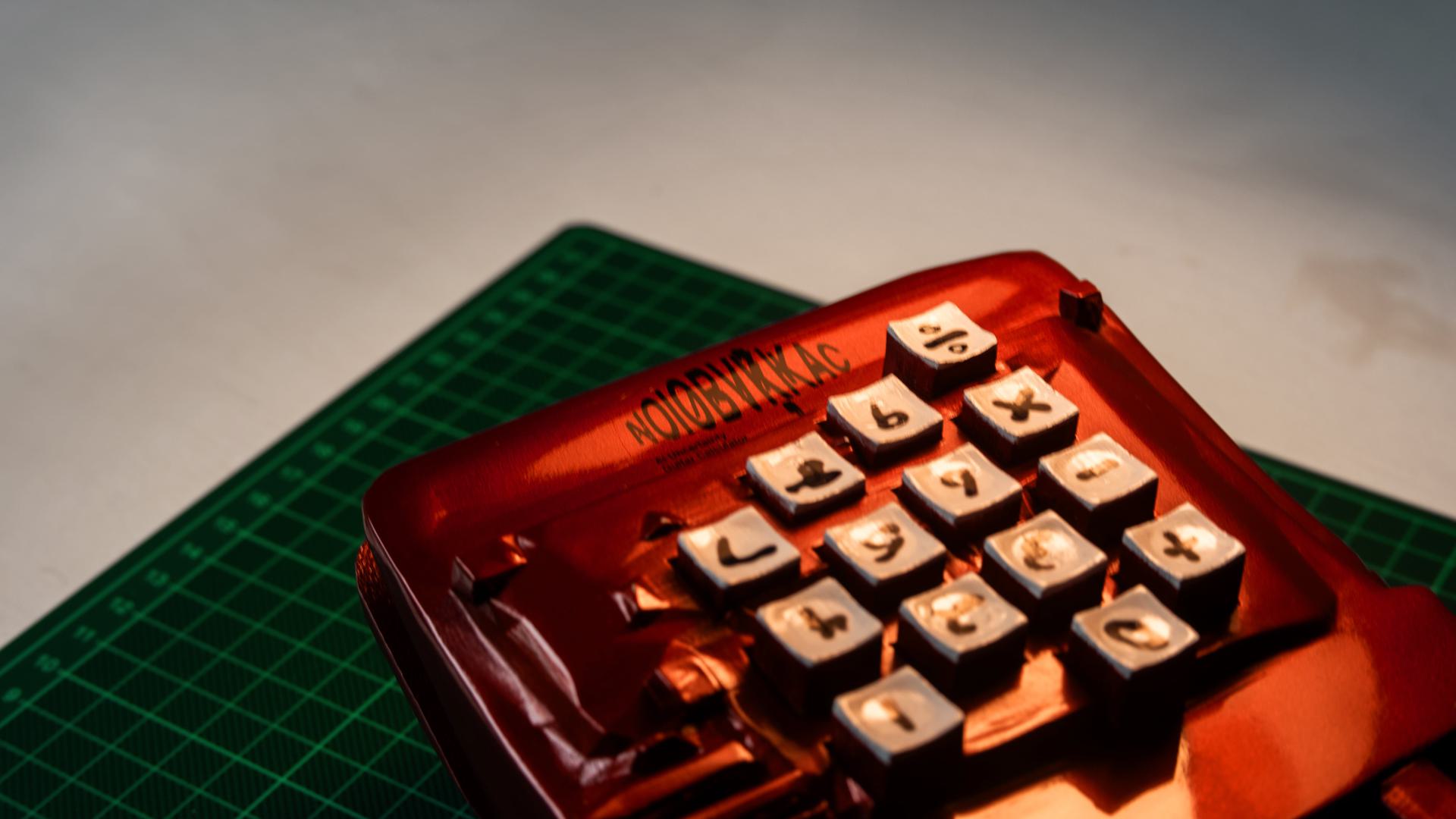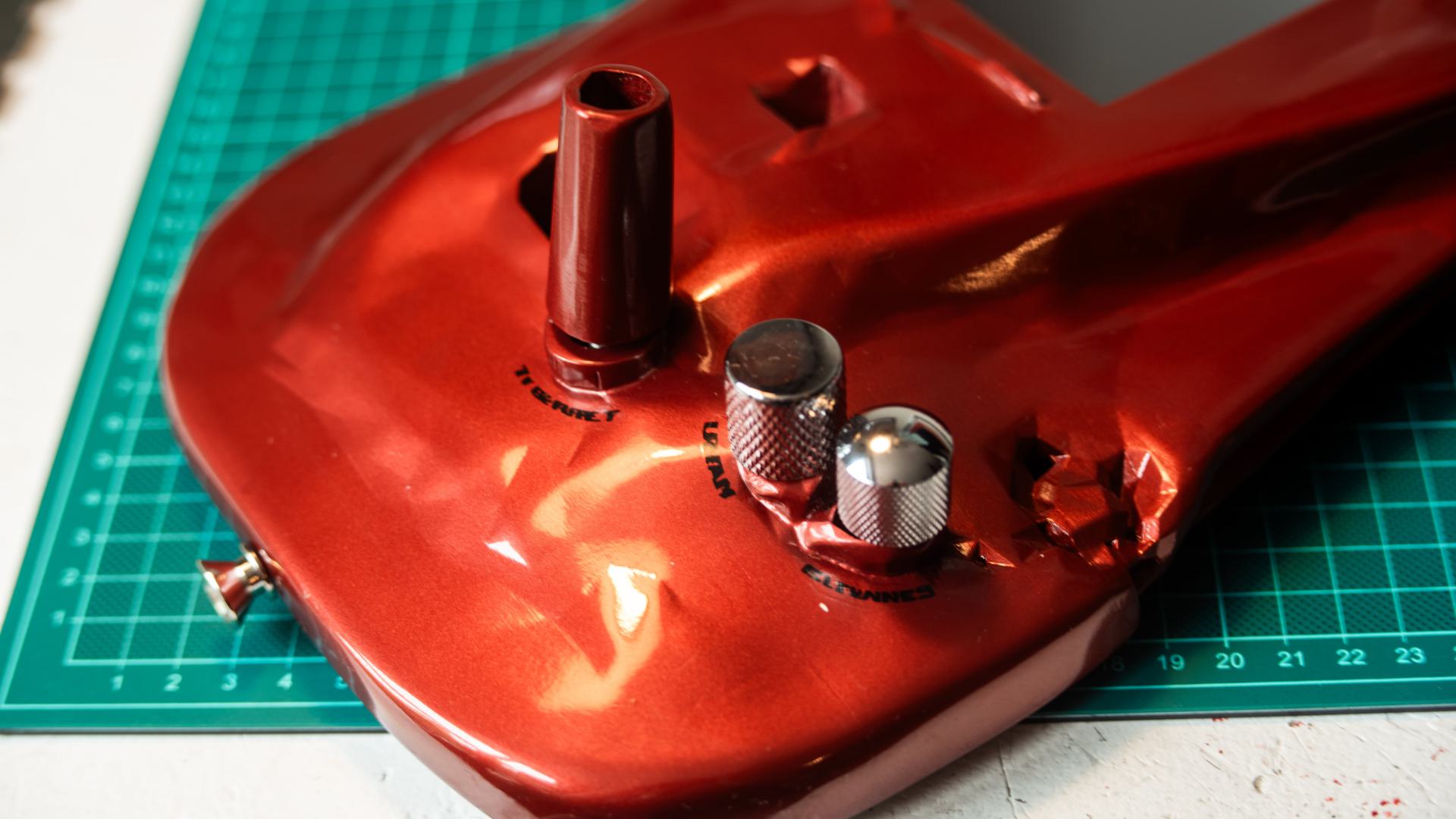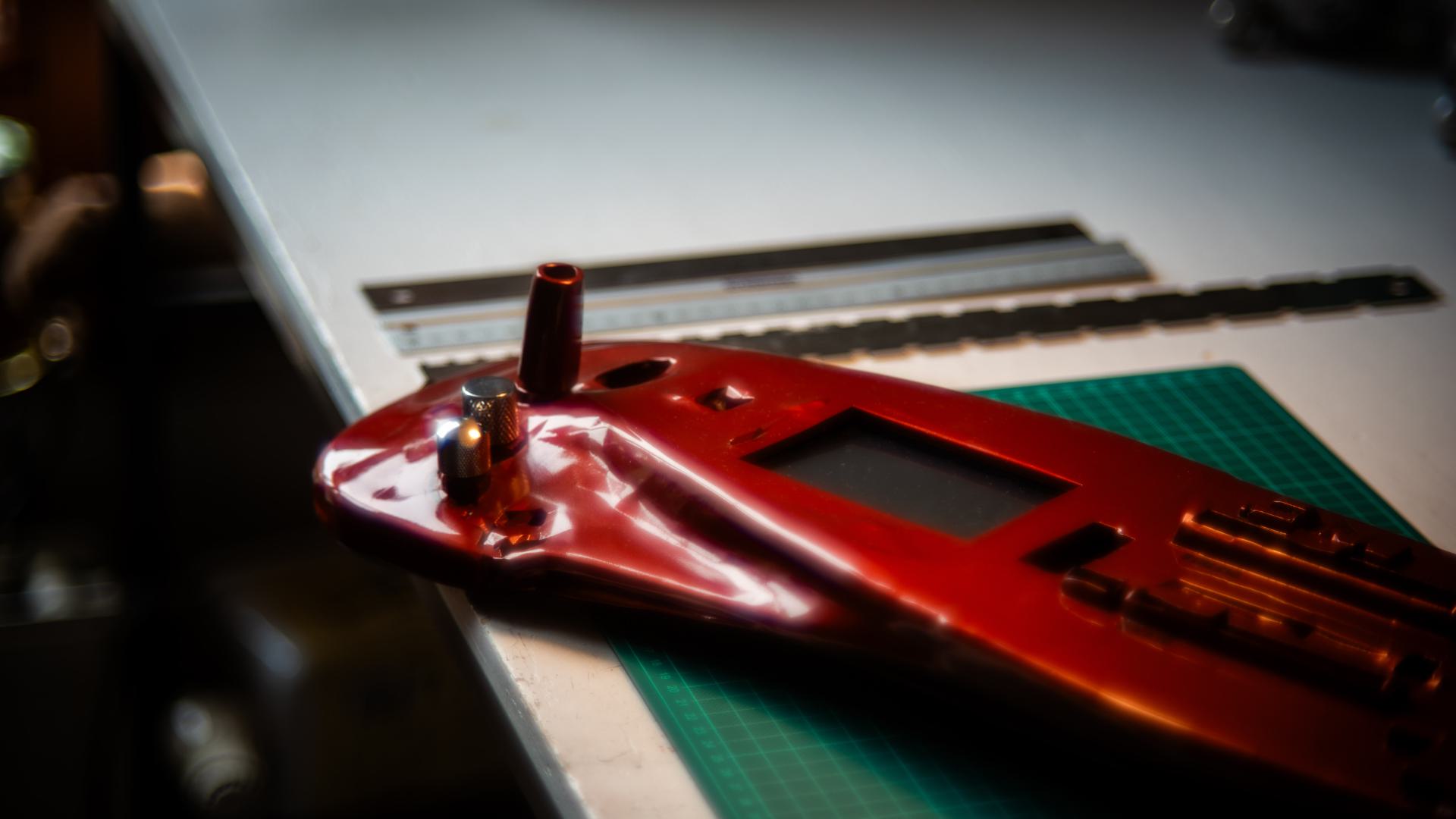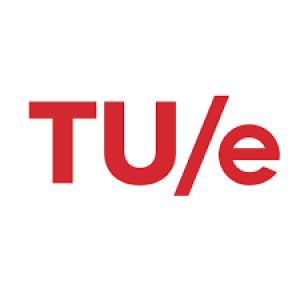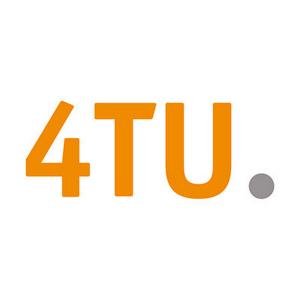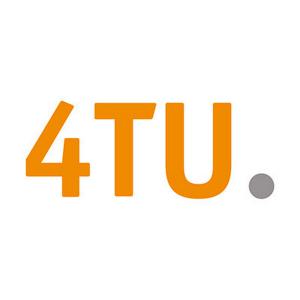Uncertainty of AI
We usually expect AI to be accurate, reliable, precise and certain. But what happens when it isn’t? Instead of treating AI’s uncertainty as a flaw, this project explores it as a source of creativity. By intentionally working with glitches, misrecognitions, and strange outputs, I investigate how designers can use AI unpredictability to open new perspectives on familiar objects.
This eventually resulted in the creation of a guitar-calculator hybrid, the N̴OIO̷B̴V̷K̷̤̞̘͎̣͂͆͗̑͆̇ҜA̴C Calcucaster. An object designed to embody, showcase and interact with all the different layers of uncertainty. This makes AI uncertainty not just a conceptual idea, but makes it real and experiential.
Messing around
The process of designing with uncertainty is playful and experimental: transforming a sentence into an image, into a 3D model, into a video, and then all the way back again. Along the way, information is lost, invented, hallucinated, or distorted, resulting in odd, surprising outcomes. Impossible objects or shapes are created, that feel both strange and familiar. But the process isn’t only magical; it’s also messy. Sometimes AI stubbornly clings to one idea, pulling the designer into fixations that are hard to break. Other times, after countless attempts, the results feel irrelevant or completely off. This is where the role of the designer shifts: not just steering the process, but reflecting, redirecting, and deciding when to embrace the weirdness or when to push back. The dance between surprise and frustration is what makes the work rich. Every “failure” is also a chance to look differently, rethink, and imagine anew.
The future of uncertainty
By embracing AI uncertainty, the project invites us to think differently about how we live with emerging technologies. Rather than hoping for perfect, flawless systems, it shows how we can already act. How we can be working with AI up close, critically, and creatively. This way, designers can help shape our digital futures with curiosity and imagination.

 Free wifi available
Free wifi available
 Toilets available
Toilets available
 Fully wheelchair accessible
Fully wheelchair accessible
 Wheelchair friendly toilet available
Wheelchair friendly toilet available
